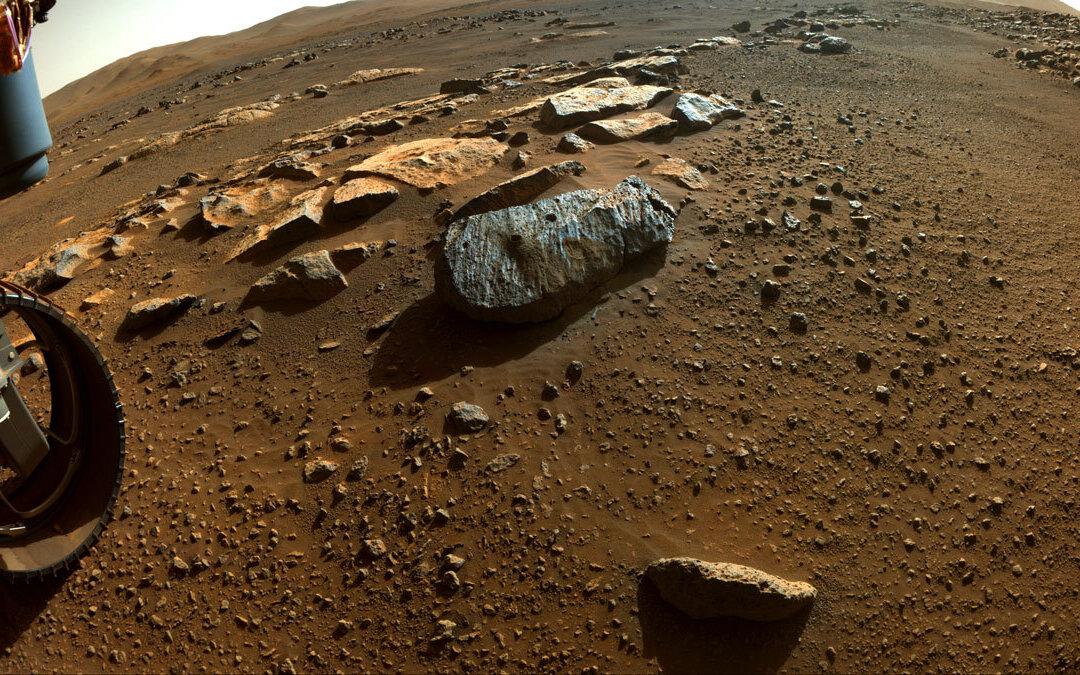NASA’s Mars science rover Perseverance has collected and stashed away the first of numerous mineral samples that the U.S. space agency hopes to retrieve from the surface of the Red Planet for analysis on Earth, NASA said on Friday.
Tools attached to Perseverance and operated by mission specialists from NASA’s Jet Propulsion Laboratory (JPL) near Los Angeles drilled a rock core slightly thicker than a pencil from an ancient Martian lake bed called the Jezero Crater, then hermetically sealed it in a titanium specimen tube inside the rover.





